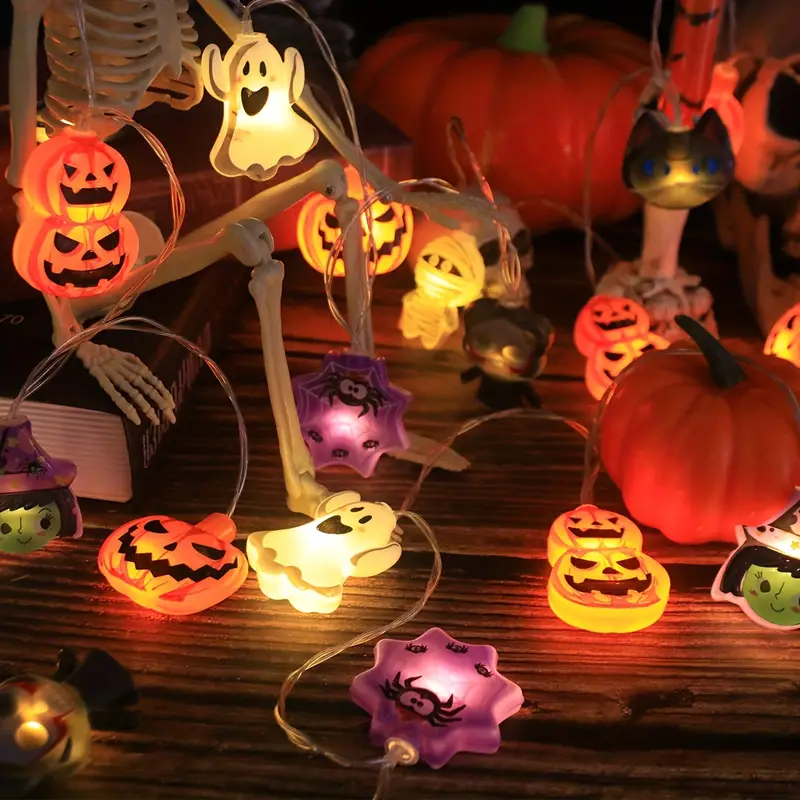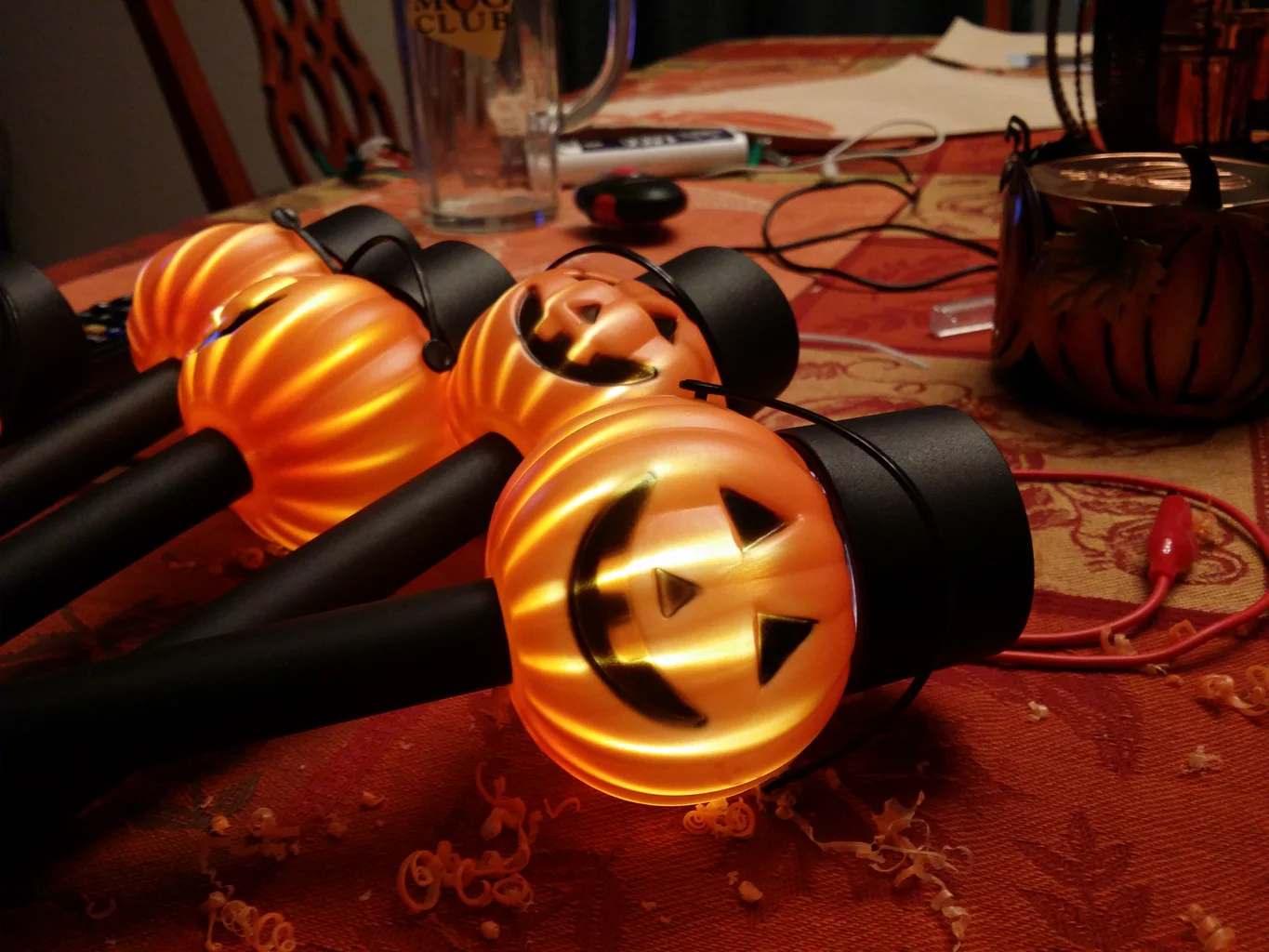Scary costumes, spooky decorations—Halloween is now a celebration full of fun. And of course, we can’t forget the bowls of candy! Don’t overlook the candy—millions of sweets are handed out and eaten every year. Behind all the festivities, there’s something else at play: Halloween energy consumption. Here is a fun question: What if all that candy could power something bigger, like our cars? Could those sugary treats do more than just satisfy our sweet tooth?
How much energy is in a sweet treat?
Candy is a central part of Halloween celebrations around the world. For those in North America, one particular treat often stands out—candy corn. This colorful candy, shaped like tiny kernels of corn, has been a Halloween favorite for over a century. Originally created in the 1880s, candy corn is made from sugar, corn syrup, and other ingredients, giving it a distinctively sweet taste.
Almost 9 billion candy corn kernels are produced each Halloween, totaling more than 35 million pounds, which means a huge amount of sugar and energy is being consumed. If you consider that each candy corn holds about seven Calories, that’s roughly 63 billion calories in total just from candy corn alone! It’s no wonder Halloween is famous for sugar highs.
But what if we think of candy as a tiny source of energy, specially considering our high consumption of energy during Halloween? With about 120 pieces of candy corn equalling 1 kilowatt-hour (kWh) of energy, we could theoretically power much more than just kids’ sugar rushes. For example, an electric vehicle (EV) typically requires around 30 to 35 kWh to travel 100 miles. That means the energy in 42 pieces of candy corn could power your EV for one mile.
Energy consumption: Halloween decorations vs EV charging
While candy provides a fun way to think about energy consumption, Halloween decorations also play a big part in the holiday’s energy consumption demands. Let’s take a look at some popular Halloween decorations and their energy usage:

Inflatable Decorations: A giant inflatable lawn decoration, like a witch or a ghost, can use around 150 to 250 watts per hour. If it runs for five hours, that’s about 1 kilowatt-hour (kWh) of energy.

String Lights: Classic Halloween string lights use around 40 watts per 100 bulbs. Leaving them on for six hours can use up to 0.24 kWh of energy.

Fog Machines: The beloved spooky fog machine can use as much as 400 watts per hour. Running one for three hours could consume around 1.2 kWh of electricity.
Now, for a fun comparison: If an electric vehicle (EV) needs about 30 kWh to travel 100 miles. If you run one inflatable decoration (using 200 watts) and a fog machine (using 400 watts) for 5 hours, together they will consume about 3 kilowatt-hours (kWh) of energy. That’s enough energy to power an EV for 10 miles! So, just by running a couple of popular Halloween decorations for one night, you’re using the same amount of energy it would take to drive your EV a good distance.
That means just cutting back on a few high-power decorations or switching to more energy-efficient LED lighting could help you conserve enough energy to add a bit of range to your EV.
Ways to spend a greener Halloween by cutting down energy expenditure
The comparison means just cutting back on a few energy consumption sources could help you conserve enough power to add a bit of range to your EV this Halloween. Here we also provide other tips for saving energy.

Use solar-powered decorations for outdoor displays: These charge up during the day and light up at night, reducing the need for electricity altogether.

Go for DIY, Eco-Friendly Decorations : Instead of large, energy-consuming inflatables, try creating your own minimalistic decorations using recyclable materials.

Slay the Energy Vampires: the real drain comes from your electronics. Even when off, devices like chargers and TVs still consume power, known as “vampire energy,” which can account for up to 20% of your energy bill. Turn your devices off when not in use
Have fun and save energy
Halloween is a time for fun and excitement, but it’s also a great chance to be a little more mindful of how much energy we use. Through the fun comparison, we know how much energy is consumed to keep decorations glowing all night on Halloween day. Small changes can make a big difference, this year, why not celebrate with a little more creativity and a little less waste?
Are Halloween Hijinks Draining the Power Grid? – Tech Insights (eepower.com)



